Who Wears Shoes TOO Big?
 My daughter Kate wore shoes that were a size too big for many years after she became a teenager. I didn’t realize she was doing that. In fact, she was married before I found out. Her husband found out first and he called her on it.
My daughter Kate wore shoes that were a size too big for many years after she became a teenager. I didn’t realize she was doing that. In fact, she was married before I found out. Her husband found out first and he called her on it.
“Why do you buy shoes that are a size too big”, he asked her. She replied that she had big feet and needed a bigger size. Well, eventually the whole story came out.
She doesn’t really have big feet. She wears the same size that I do, a respectable eight. But one day when she was a child her dad said something that impacted her for years.
We were hiking and she had climbed a tree. Kate was about eight or nine. She lifted her foot and set it on a branch. Her dad made what seemed like an innocent comment, “Hey Big Foot”. The rest is history. She computed that to mean that she had big feet.
I Believed I WAS Fat!
When I was about eight my grandma said something that impacted me for all of my childhood and many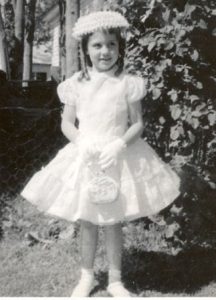 years into my adulthood. She owned a Sweet Shop in Afton, Wyoming. I loved going there and she would let me work the candy counter and bag popcorn.
years into my adulthood. She owned a Sweet Shop in Afton, Wyoming. I loved going there and she would let me work the candy counter and bag popcorn.
We grandkids could have lots of nickel and penny candy but we were never allowed to have chocolate bars because they cost a quarter. One day, before I had all the unspoken rules down, I asked her if I could have a Twix bar. I had never had one and they seemed so wonderful up on the highest shelf. She said, “No, do you want to get fat.” Another pretty innocent comment but here is what I heard and believed for many years…”You are fat”.
The TRUTH is I Have Beautiful Eyes!!!
 Not only did I begin believing I was fat, I believed that I must be really unattractive because I was fat. But when I was seventeen I was at the home of a woman who was doing some alterations on a dress for me. Her husband told me that I had the most beautiful brown eyes. I know that it seems incredible because I didn’t even know the man, but I believed him. I had beautiful eyes! Even now at 65, when I look into the mirror I think to myself, “Man, you have beautiful eyes.”
Not only did I begin believing I was fat, I believed that I must be really unattractive because I was fat. But when I was seventeen I was at the home of a woman who was doing some alterations on a dress for me. Her husband told me that I had the most beautiful brown eyes. I know that it seems incredible because I didn’t even know the man, but I believed him. I had beautiful eyes! Even now at 65, when I look into the mirror I think to myself, “Man, you have beautiful eyes.”
Pigs or Pigsty…That Was the Question
When I was a middle-aged mom, with six of my seven children, I came down the stairs one day to the sight of a totally cluttered living room. As I gazed out over the room and the many children playing there I said, “This room is a pigsty”. Many years later, when my oldest child was in her late thirties we were having a conversation about moms and how they should talk to their children. I made the comment that although I wasn’t perfect I at least never called anyone names. My daughter looked at me in astonishment and said, “yes you did”. I, equally astonished, asked her to tell me when. She replied, “Well, one day you came down the stairs and you said, “You are such pigs!”
Wow, talk about two different views of the same experience. We talked about it. What we both realized is that children hear what they hear and we just need to be careful what we say, because children don’t always hear the words…they hear the feeling.
It is not just children that hear a comment and then believe it. It isn’t just the young that are affected by what is said to them. Let me illustrate. I will have to tell on myself a bit, but for the sake of emphasis, I will do it. : )
The SATISFYING Laugh, Ahhh!
My youngest daughter is married to a really wonderful man. We like him a lot and frankly, he thinks we are great too. Recently I was talking to my daughter on the phone and she said something that made me laugh.
I have to stop here and say something about my laugh. It is distinctive and it can be loud. I have a witch laugh that is legendary and on Halloween I am called upon to do it a lot. Frequently, during the year, a grandchild will say, “Grandma do the witch laugh.” Now all of my laughter isn’t witchy but that just lets you know it is distinctive and sometimes loud. I have always been a bit self conscious about it.
Back to the phone conversation. I laughed and I heard my son in law say something in the back ground. “Mom, Brady said he likes your laugh.” That was such an odd comment that I asked her “Why?” She asked him and then came back on line and said, “He said it is satisfying.” Isn’t that the most amazing thing to have someone say?
Here is what has happened from that chance comment. Every time I laugh I think to myself, “That is so satisfying.” I am no longer self conscious, but pleased.

Our words can be very powerful for both good and bad. We need to be thoughtful in how we talk to our children and others, about their strengths and their weaknesses, because sometimes what we say can impact them for decades.
In all of our teaching and interactions with our children, we should be kind.
In all of our teaching and interactions with our children, we should be kind. Kind words not only lift our spirits in the moment they are given, but they can linger with us over the years. The same is true of the off hand or unkind chance remark. We would do well to ask ourselves questions such as these: “Is what I am about to say going to uplift the hearer? Will it inspire, motivate, and create forward momentum for them? Will it dissolve fear and create safety and trust? Will I create a positive or negative ripple effect by speaking out these words?” Harness the Power of Words By Barbara White
What has been said that has lifted you, buoyed you up, helped you learn or made you feel good about yourself? I, for one, would like to know. I encourage you to leave a comment. : )
If you like this post and it would bring joy to a friend pass it on using the social share buttons.

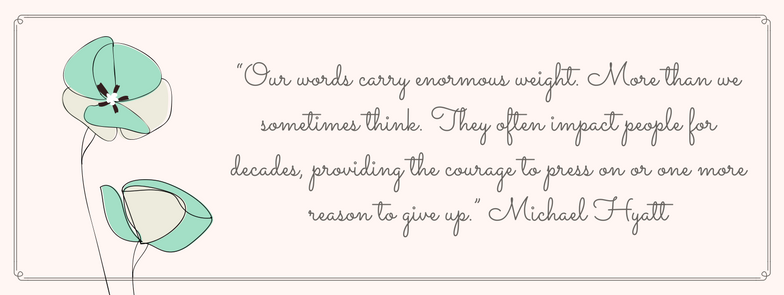

 I am not Jewish. However, over the years I have known some Jewish families and I have admired their Sabbath Day worship. (Shabbat) Orthodox Jews take a one-day break from electronic devices to focus solely on faith and family without distraction.
I am not Jewish. However, over the years I have known some Jewish families and I have admired their Sabbath Day worship. (Shabbat) Orthodox Jews take a one-day break from electronic devices to focus solely on faith and family without distraction.

 Do you ever have conflict with your children?
Do you ever have conflict with your children? because 23 grandchildren can be expensive and frustrating to shop for. I preferred to instill in their hearts a memory of Christmas fun at Grandma’s house.
because 23 grandchildren can be expensive and frustrating to shop for. I preferred to instill in their hearts a memory of Christmas fun at Grandma’s house. To my chagrin, I was continually frustrated with the careless handling of the treasures I had thoughtfully placed under my beautiful Christmas tree. What was wrong with these kids!!!! Books were scattered on the floor or left in another room. Finger puppets were tossed under the tree and where was the Pouch?!? My youngest granddaughter proceeded to scribble on every single page of the coloring books. I began using the irritated mommy voice with my precious little angels. I’m sure I yelled a few times too.
To my chagrin, I was continually frustrated with the careless handling of the treasures I had thoughtfully placed under my beautiful Christmas tree. What was wrong with these kids!!!! Books were scattered on the floor or left in another room. Finger puppets were tossed under the tree and where was the Pouch?!? My youngest granddaughter proceeded to scribble on every single page of the coloring books. I began using the irritated mommy voice with my precious little angels. I’m sure I yelled a few times too.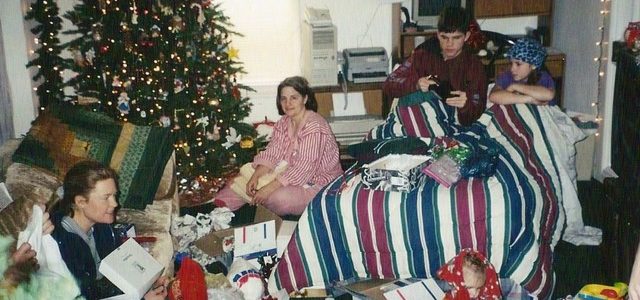
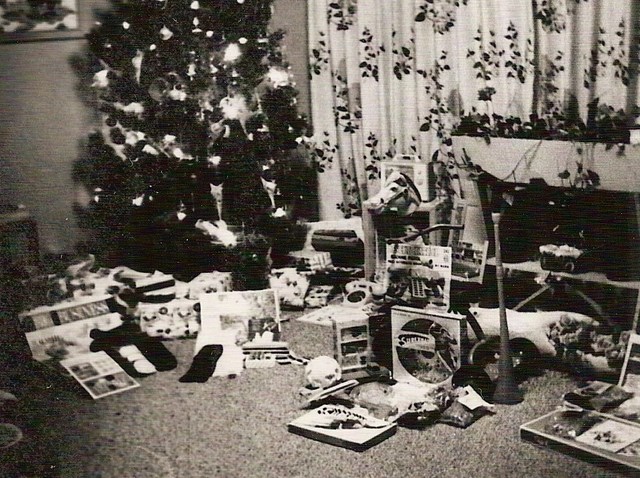
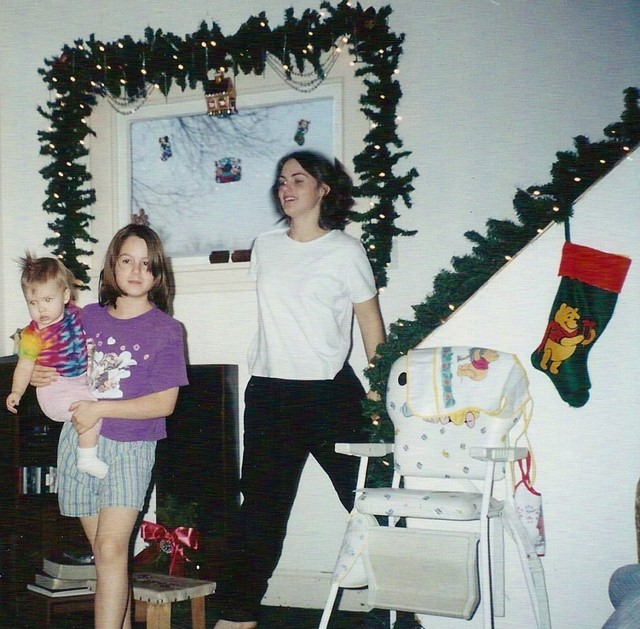
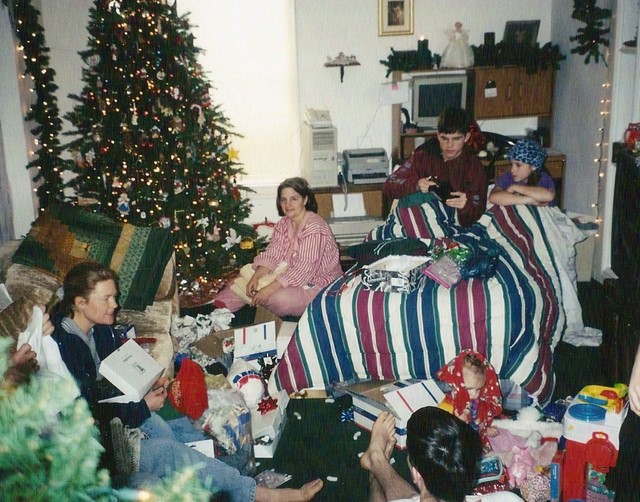
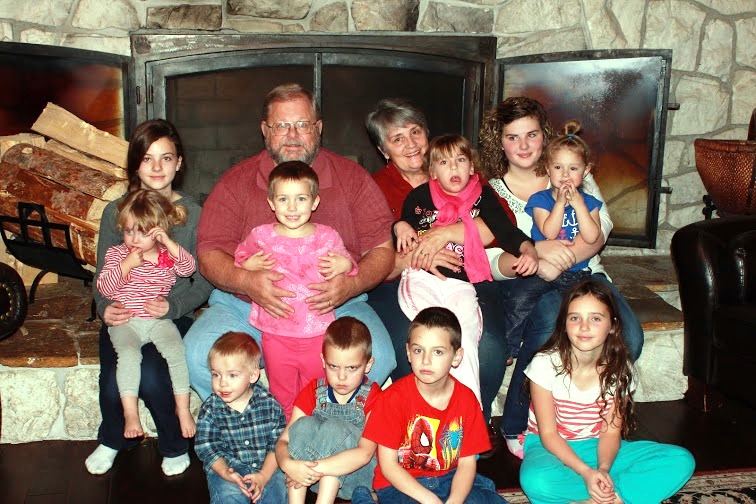

 In my time I have made some award-winning gingerbread homes. I’ve made whole villages. I’ve made Ferris wheels and merry-go-rounds that actually move. I LOVE making gingerbread creations.
In my time I have made some award-winning gingerbread homes. I’ve made whole villages. I’ve made Ferris wheels and merry-go-rounds that actually move. I LOVE making gingerbread creations.

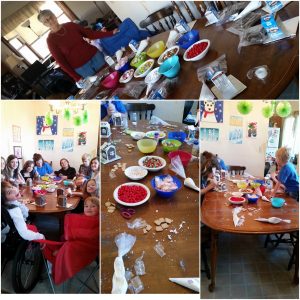 the extra cost!
the extra cost!
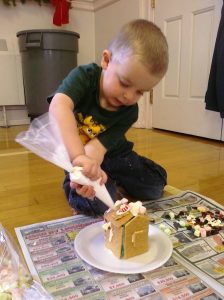
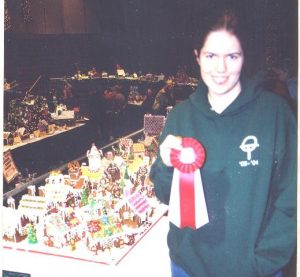
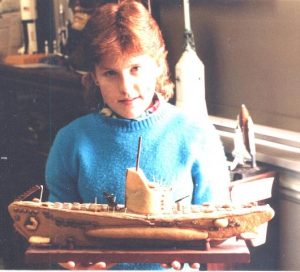
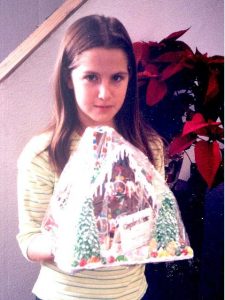

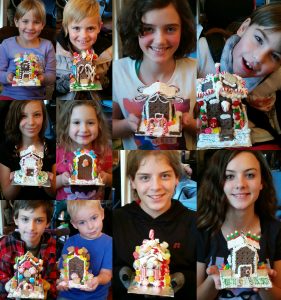
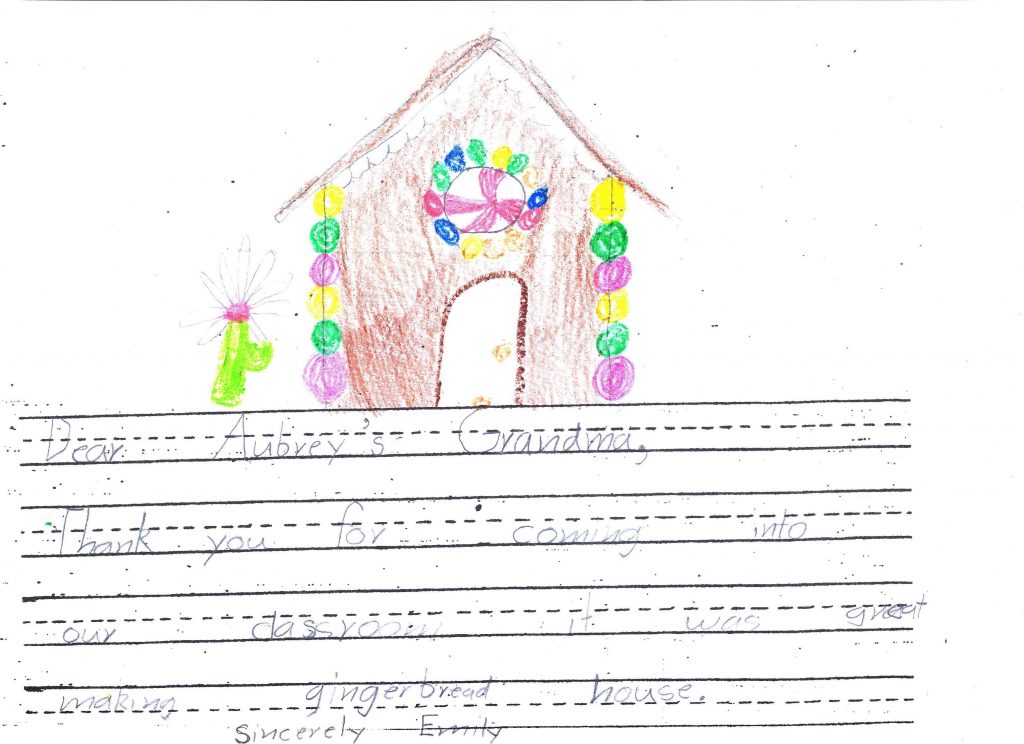

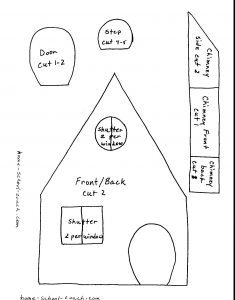



 November was National Non-fiction month. As an author of a non-fiction book
November was National Non-fiction month. As an author of a non-fiction book
 Cherri Brooks grew up with an aspiration to be an author. As a child, she practiced typing on an old, clunky DOS computer. She found her passion for parenting and healthy sexuality through her education at Utah State University, where she earned her BS and MS in Family and Human Development. She also taught courses at South Dakota State University in Marriage and Family Relations and Parenting. She loves talking with parents about raising sexually healthy children. She currently lives in Clarksville, Tennessee with her husband and three children.
Cherri Brooks grew up with an aspiration to be an author. As a child, she practiced typing on an old, clunky DOS computer. She found her passion for parenting and healthy sexuality through her education at Utah State University, where she earned her BS and MS in Family and Human Development. She also taught courses at South Dakota State University in Marriage and Family Relations and Parenting. She loves talking with parents about raising sexually healthy children. She currently lives in Clarksville, Tennessee with her husband and three children.



 One day while helping a friend in her home she asked me if I ever felt as if I was at war with my family. She said that if anything was organized it wouldn’t stay that way. If it was clean it would get dirty. If it was peaceful chaos would inevitably show up.
One day while helping a friend in her home she asked me if I ever felt as if I was at war with my family. She said that if anything was organized it wouldn’t stay that way. If it was clean it would get dirty. If it was peaceful chaos would inevitably show up. nine-year-old son, Jack, reached out and touched his mom on the arm and said, “Mom, I’m sorry we missed the bread and that we’re out in the hall.”
nine-year-old son, Jack, reached out and touched his mom on the arm and said, “Mom, I’m sorry we missed the bread and that we’re out in the hall.”
 who reminded him of the principle we’ve been discussing—simple things, done over time consistently, bring significant results. His servant said, “If the prophet had bid thee do some great thing, wouldest thou not have done it? How much rather then, when he saith to thee, Wash, and be clean?” (2 Kings 5:13).
who reminded him of the principle we’ve been discussing—simple things, done over time consistently, bring significant results. His servant said, “If the prophet had bid thee do some great thing, wouldest thou not have done it? How much rather then, when he saith to thee, Wash, and be clean?” (2 Kings 5:13).